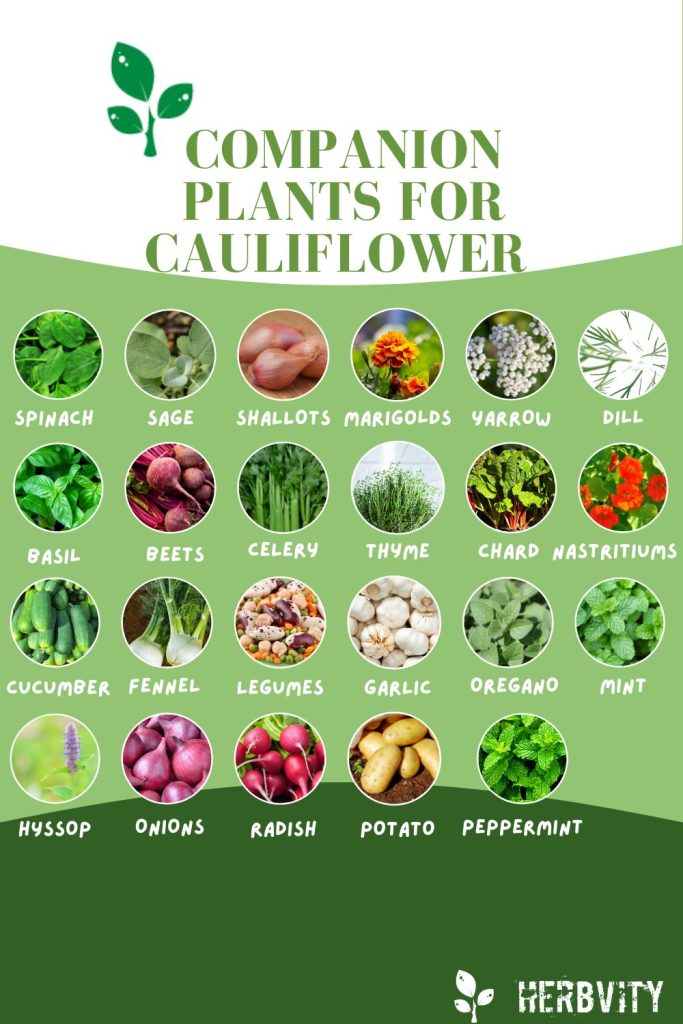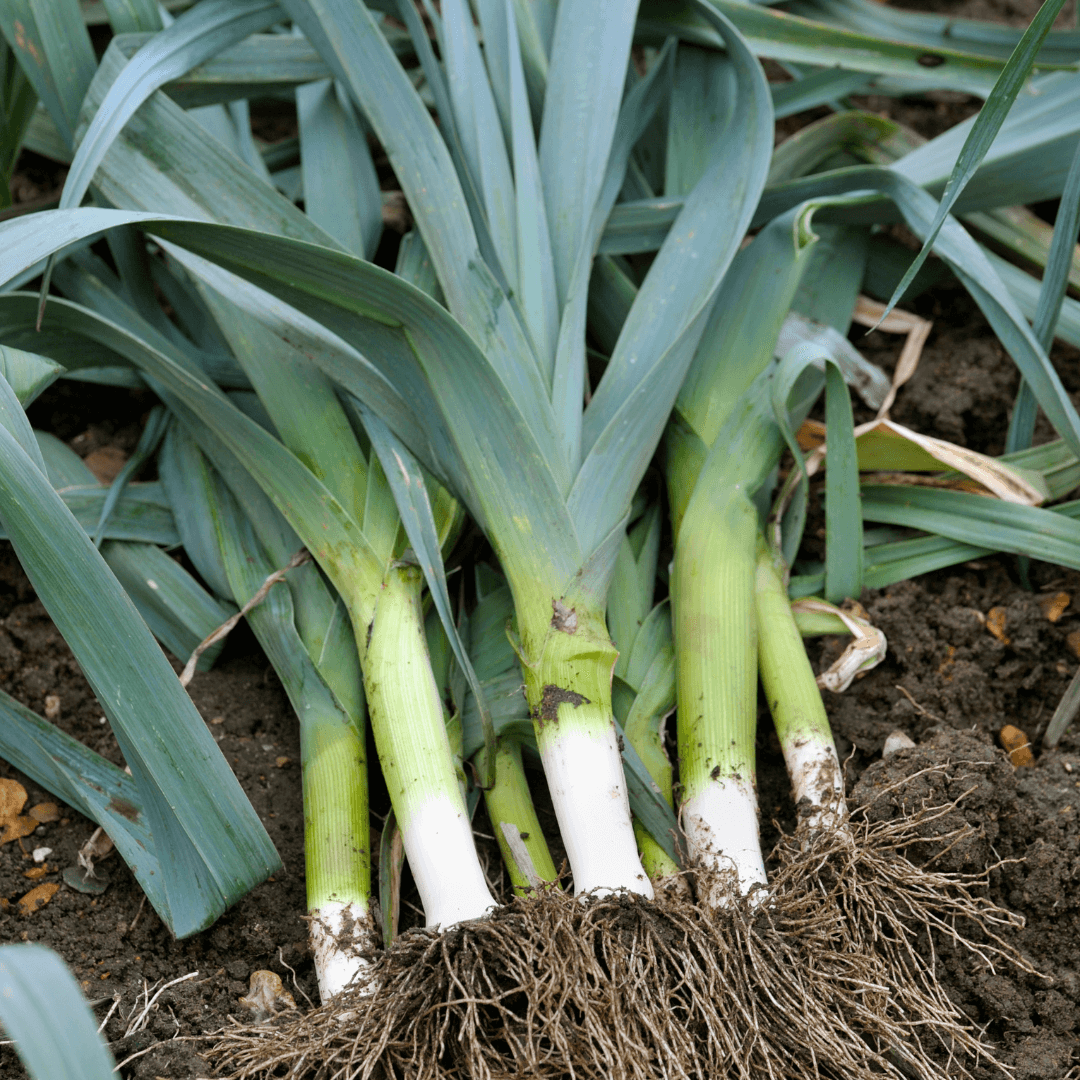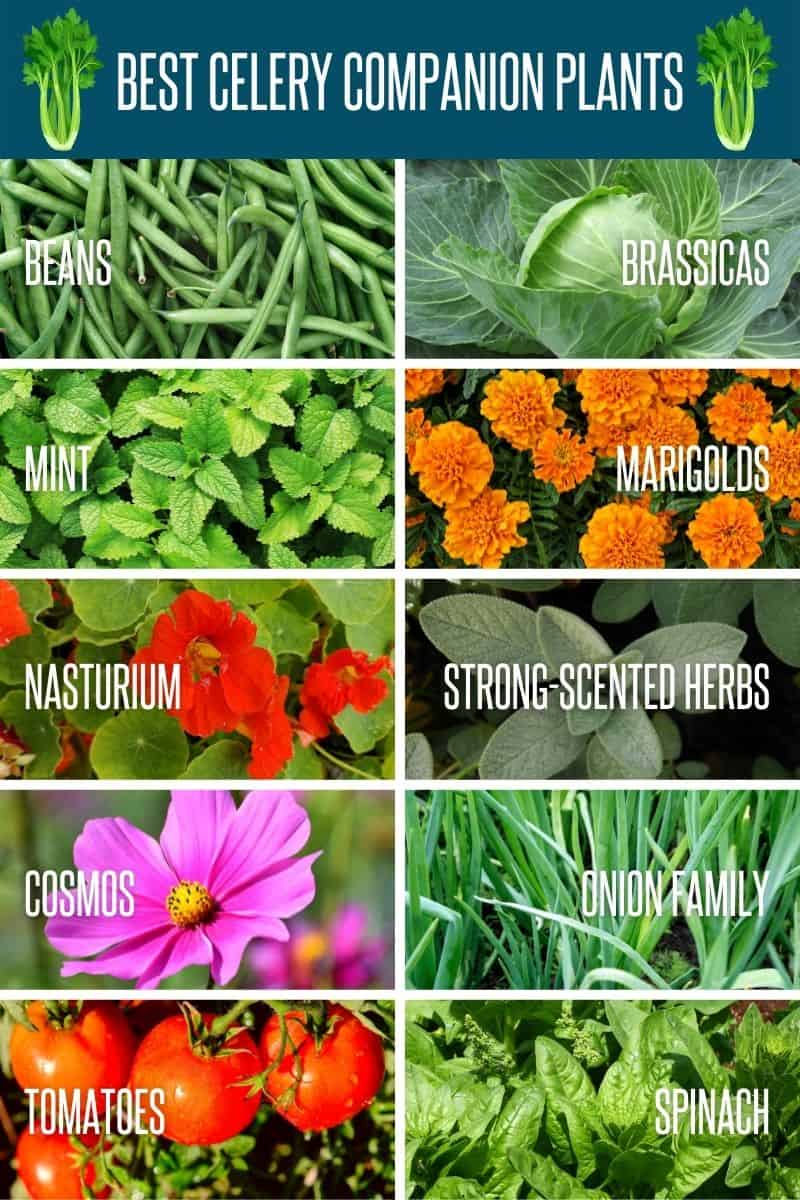The Ultimate Guide To Companion Planting Celery
The Ultimate Guide to Companion Planting Celery
Celery is a delicious and versatile vegetable that can be enjoyed in a variety of dishes. But did you know that companion planting celery can help it grow better and taste even better?
In this blog post, we will discuss the benefits of companion planting celery, as well as some of the best companion plants for celery. We will also provide some tips on how to properly plant and care for celery in your garden.
What is companion planting?
Companion planting is a gardening practice that involves planting certain crops together in order to benefit each other. Some companion plants can help to deter pests, attract beneficial insects, improve soil fertility, or provide shade.
Why companion plant celery?
There are several reasons why you might want to companion plant celery. Here are a few of the benefits:
- Pest control: Some companion plants, such as marigolds and nasturtiums, have strong scents that can repel pests that are attracted to celery, such as aphids, beetles, and carrot flies.
- Nutrient cycling: Some companion plants, such as beans and peas, are nitrogen-fixing plants. This means that they can convert atmospheric nitrogen into a form that other plants can use. This can help to improve the soil fertility around your celery plants.
- Water conservation: Some companion plants, such as tomatoes and cucumbers, have shallow roots. This means that they will not compete with your celery plants for water.
- Disease prevention: Some companion plants, such as garlic and chives, have natural antibiotic properties. This can help to protect your celery plants from diseases.
What are the best companion plants for celery?
There are many different companion plants that can be beneficial for celery. Some of the best include:
- Marigolds: Marigolds have a strong scent that repels pests, such as aphids, beetles, and carrot flies. They also help to improve the soil quality around your celery plants.
- Nasturtiums: Nasturtiums are another great companion plant for celery. They have a strong scent that repels pests, and they also help to attract beneficial insects, such as ladybugs and hoverflies.
- Onions: Onions have a strong sulfuric compound that helps to repel pests, such as aphids and carrot flies. They also help to improve the soil quality around your celery plants.
- Garlic: Garlic has a strong sulfuric compound that helps to repel pests, such as aphids and carrot flies. It also helps to improve the soil quality around your celery plants.
- Chives: Chives have a strong sulfuric compound that helps to repel pests, such as aphids and carrot flies. They also help to improve the soil quality around your celery plants.
- Beans: Beans are nitrogen-fixing plants, which means that they can convert atmospheric nitrogen into a form that other plants can use. This can help to improve the soil fertility around your celery plants.
- Peas: Peas are nitrogen-fixing plants, which means that they can convert atmospheric nitrogen into a form that other plants can use. This can help to improve the soil fertility around your celery plants.
- Spinach: Spinach is a cool-season crop that can help to shade your celery plants from the hot sun. It also helps to improve the soil quality around your celery plants.
- Tomatoes: Tomatoes are a warm-season crop that can help to attract beneficial insects, such as ladybugs and hoverflies. They also help to improve the soil quality around your celery plants.
How to plant and care for celery
Celery is a relatively easy vegetable to grow, but there are a few things you need to do to ensure that it grows well. Here are some tips:
- Plant celery in full sun or partial shade.
- Celery needs well-drained soil. If your soil is heavy, add some compost or sand to improve drainage.
- Celery needs regular watering, especially during hot, dry weather.
- Fertilize your celery plants every few weeks with a balanced fertilizer.
- Harvest your celery when the stalks are firm and crisp.
Conclusion
Companion planting celery can help it grow better and taste even better. By planting celery with the right companion plants, you can deter pests, improve soil fertility, and attract beneficial insects. By following the tips in this blog post, you can successfully grow celery in your garden.
Celery is a delicious and versatile vegetable that can be enjoyed in many dishes. But did you know that there are certain plants that can help celery grow better? These are known as companion plants, and they can provide a number of benefits to celery, such as:
- Attracting pollinators. Some companion plants, such as marigolds and nasturtiums, have bright colors and strong scents that attract pollinators, such as bees and butterflies. These pollinators help to pollinate celery flowers, which leads to more fruit and vegetables.
- Repelling pests. Other companion plants, such as garlic, onions, and chives, have strong scents that can repel pests, such as aphids, cabbage moths, and tomato hornworms. This can help to keep your celery healthy and free of pests.
- Providing shade. Celery can be sensitive to the heat, so planting it near taller companion plants, such as tomatoes or peppers, can help to provide some shade during the hottest part of the day. This can help celery to grow better and produce more flavorful stalks.
If you're looking to grow the best celery possible, I recommend doing some research on companion planting. There are a number of resources available online, including Gardenia Inspiration. This website provides a comprehensive list of companion plants for celery, as well as detailed information about the benefits of each plant.
FAQ of best companion plants for celery
- What are the best companion plants for celery?
Celery benefits from being planted near strong-scented herbs, such as mint, dill, and chamomile. These herbs help to repel pests that can damage celery, such as aphids, beetles, and slugs. Celery can also be planted near brassicas, such as cabbage, broccoli, and cauliflower. These plants help to attract beneficial insects that prey on pests.
- Can I plant celery next to tomato plants?
Yes, celery and tomato plants make good companion plants. They have similar growing requirements and can help to deter each other's pests. For example, celery can help to repel the tomato hornworm, while tomatoes can help to repel the celery fly.
- What are some other good companion plants for celery?
Here are some other good companion plants for celery:
- Bush and pole beans
- Cucumbers
- Leeks
- Onions
- Spinach
- Sunflowers
These plants help to attract beneficial insects, improve the soil quality, or provide shade for celery.
- What plants should I avoid planting near celery?
There are a few plants that you should avoid planting near celery, such as carrots, fennel, and parsnips. These plants are all members of the Apiaceae family, and they can compete with celery for nutrients and water.
- How far apart should I plant celery?
Celery plants need about 12 inches of space between them to grow properly. If you are planting celery in rows, make sure to space the rows about 24 inches apart.
Image of best companion plants for celery
Here are 5 images of best companion plants for celery from Pinterest:
- Bush beans: Bush beans are nitrogen-fixing plants, which means they add nitrogen to the soil. This is beneficial for celery, which is a heavy feeder. Bush beans also provide shade for celery, which can help to protect it from pests and diseases.
- Cabbage: Cabbage is a good companion plant for celery because it repels pests such as cabbage worms and aphids. Cabbage also shades the soil, which can help to keep celery roots cool and prevent them from rotting.

- Cauliflower: Cauliflower is another good companion plant for celery because it repels pests. Cauliflower also helps to improve the flavor of celery.

- Leeks: Leeks are good companion plants for celery because they help to repel pests and diseases. Leeks also provide shade for celery, which can help to protect it from the sun.

- Onions: Onions are good companion plants for celery because they help to repel pests and diseases. Onions also help to improve the flavor of celery.

Post a Comment for "The Ultimate Guide To Companion Planting Celery"